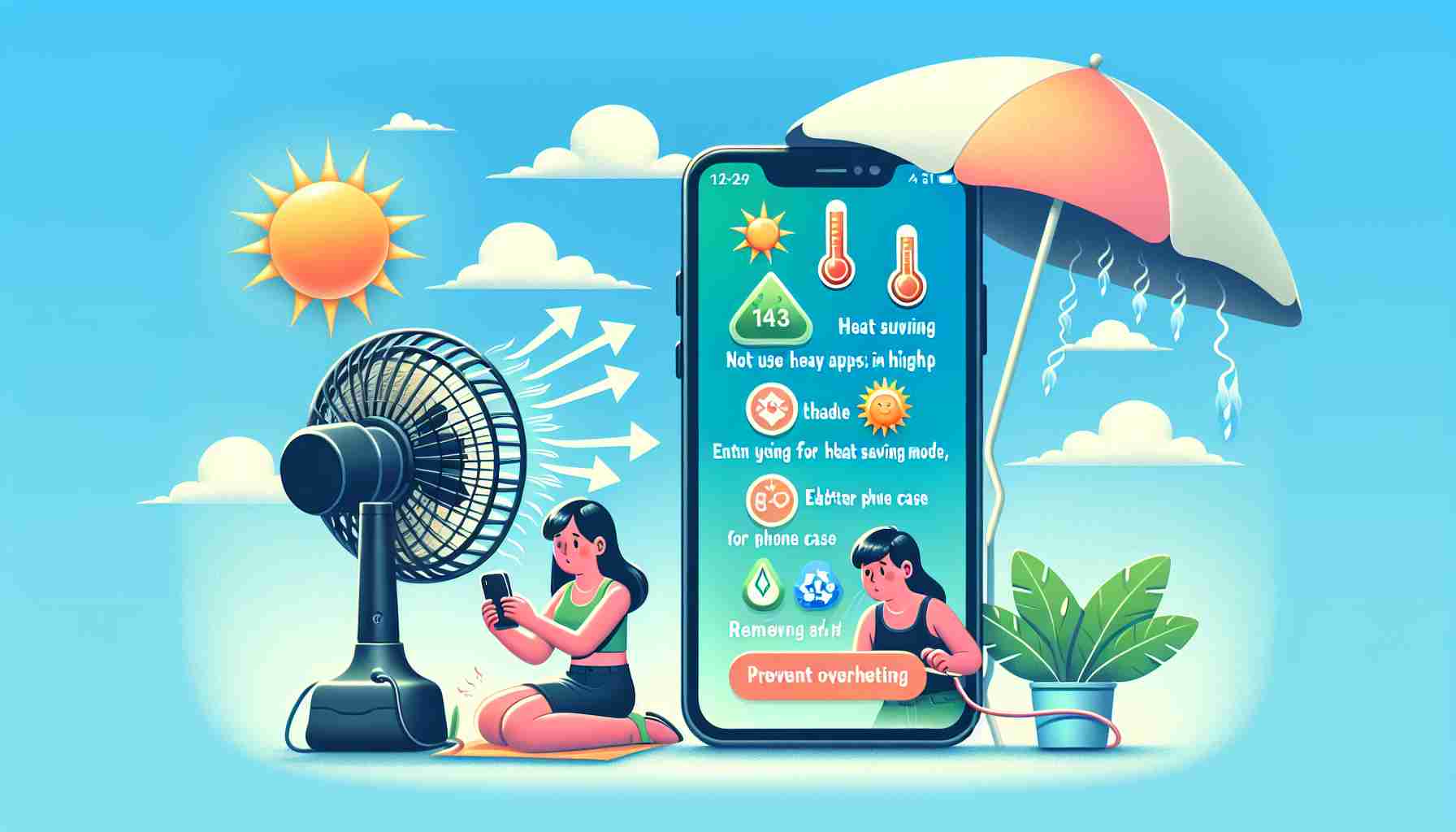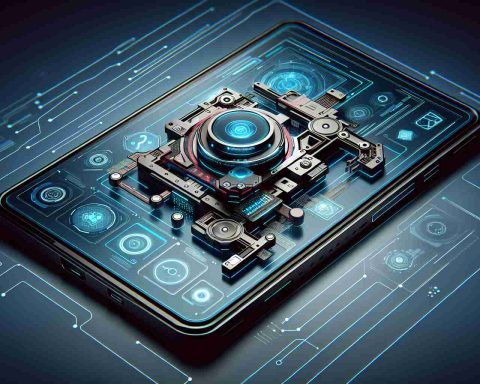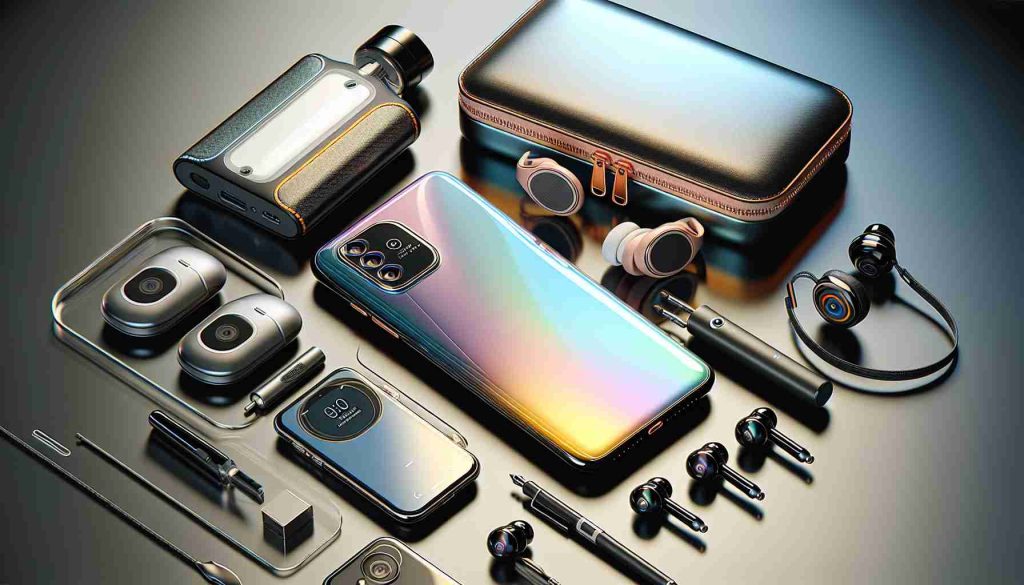Excessive Heat From Phone Usage: Continuous usage of multiple apps or playing large games on your phone can cause the CPU to work at high frequencies, generating heat. Additionally, features like high refresh rates, resolutions, and brightness can lead to significant temperature spikes due to high power consumption.
Battery Concerns: Lithium-ion batteries exhibit increased heat during both discharge and charge cycles, especially when aged or damaged. If the battery shows signs of aging, swelling, or leakage, it can contribute to additional heat production.
Airflow and Cases: Just like dressing in summer, avoid using thick phone cases that hinder airflow. Playing games or watching videos while charging can also intensify the heat production from both the battery and charger, leading to overheating.
Solutions to Phone Heating: To prevent phone overheating, disable unused features like GPS, mobile hotspots, and limit background processes. Implementing power-saving modes can regulate CPU usage and screen brightness, reducing heat generation and power consumption.
Environmental Considerations: Avoid using phones in direct sunlight or high-temperature environments as it slows down the device’s cooling capacity. Take breaks during high-power activities to prevent excessive phone heating.
Optimizing Charging Practices: Use authentic chargers and cables, avoid charging in hot environments for extended periods, and maintain clean charging ports. Refrain from using the phone while charging to minimize additional heat.
Additional Tips for Keeping Your Phone Cool in Summer:
Understanding Thermal Dissipation: While some phones come with basic cooling systems, like heat pipes or vapor chambers, these components can only do so much to combat high temperatures. Most modern smartphones are designed to efficiently dissipate heat, but if the external temperature is too high, the phone may struggle to cool down effectively.
Impact of Ambient Temperature: The external environment plays a crucial role in your phone’s temperature regulation. If you’re in a location with scorching hot weather, the phone’s cooling mechanisms may be overwhelmed by the surrounding heat, making it harder to keep the device at an optimal temperature.
Overclocking and GPU Performance: Overclocking your phone’s GPU (graphics processing unit) for gaming or demanding tasks can significantly increase heat production. While this boosts performance, it also raises the risk of overheating. Balancing performance with thermal management is essential to prevent damage to the phone’s components.
Key Questions and Answers:
– How can I tell if my phone is overheating? You may notice performance issues, like lagging or apps crashing, and the phone feeling excessively hot to the touch. Some devices may also display a warning message about high temperatures.
– What are the risks of prolonged overheating? Continuously exposing your phone to high temperatures can degrade the battery life, reduce overall performance, and even cause long-term damage to internal components.
Advantages and Disadvantages of Phone Cooling Methods:
– Advantages: Using cooling pads or external fans can help lower the phone’s temperature quickly during intense use. Some phone manufacturers incorporate advanced cooling technologies to enhance heat dissipation.
– Disadvantages: External cooling methods may not be practical for everyday use due to their bulkiness or power requirements. Internal cooling systems can add complexity and cost to the device.
Challenges and Controversies:
– Throttling vs. Performance: Some devices may automatically reduce performance to prevent overheating, resulting in lower speeds during intensive tasks. Finding the right balance between preventing overheating and maintaining performance can be a challenge for users and manufacturers alike.
For more information on smartphone cooling strategies and technologies, you can visit Digital Trends.




























